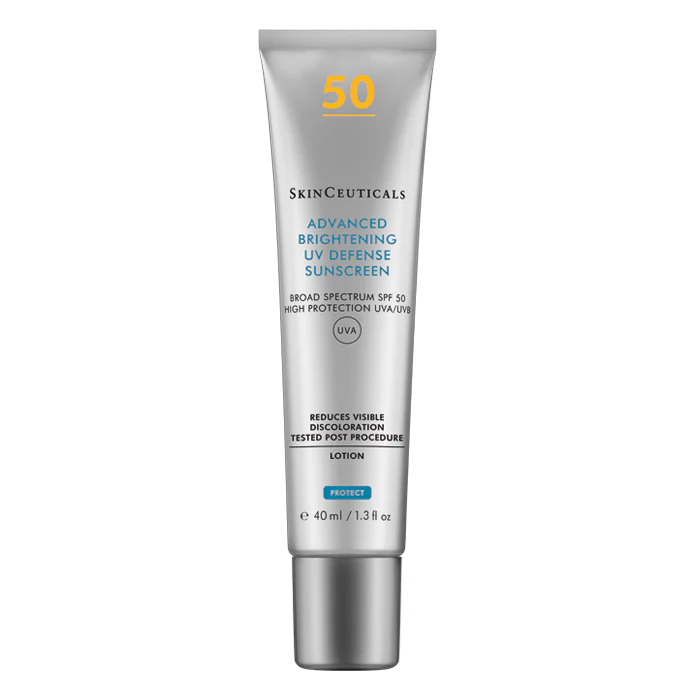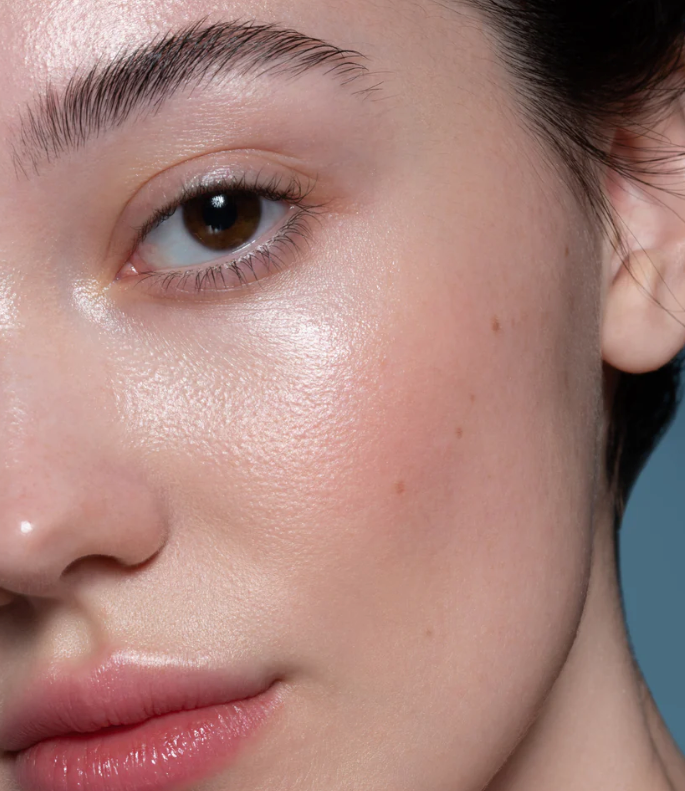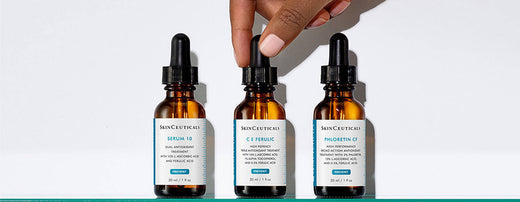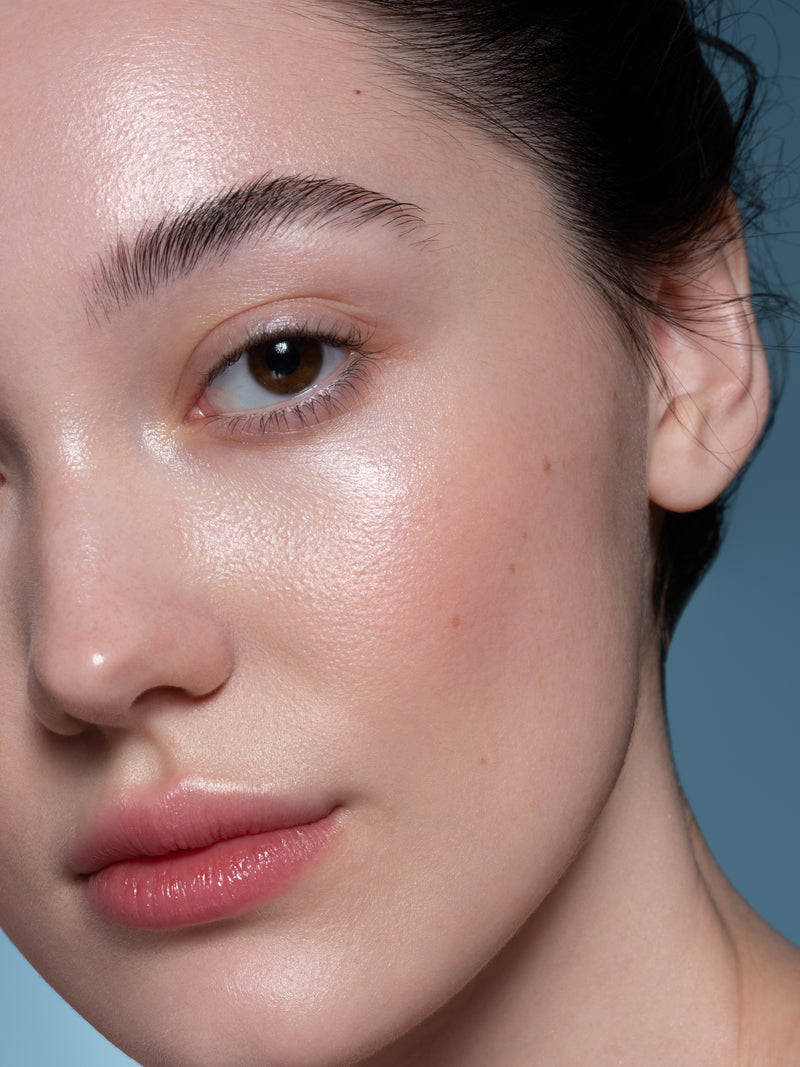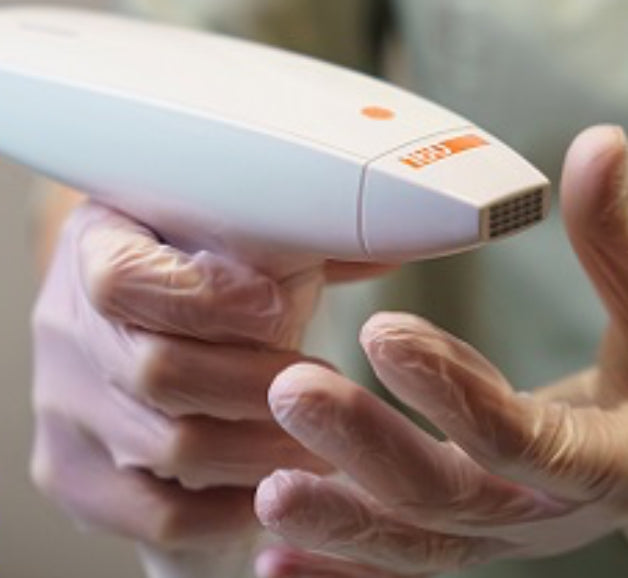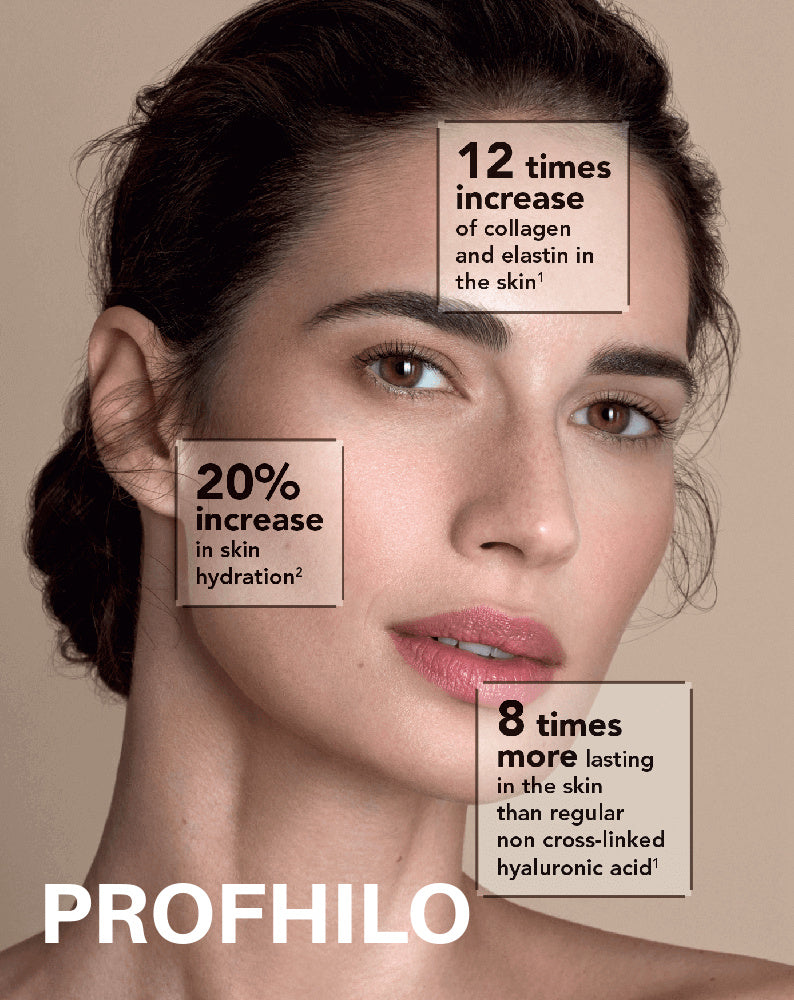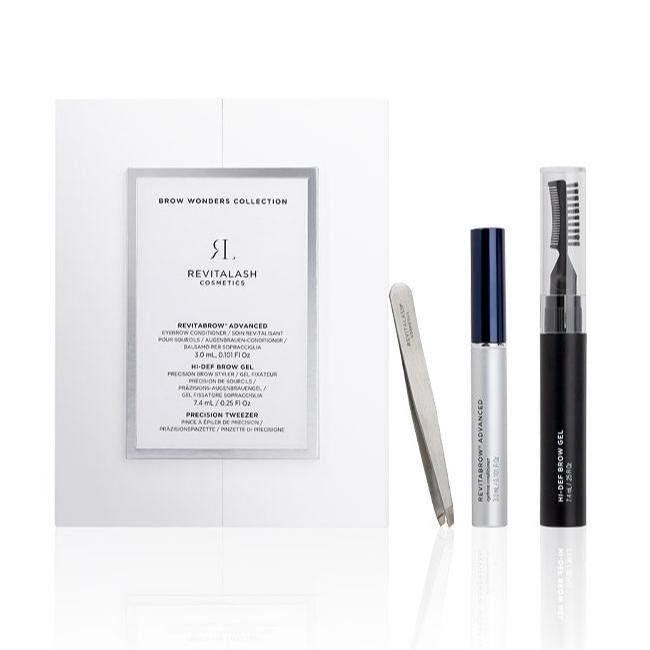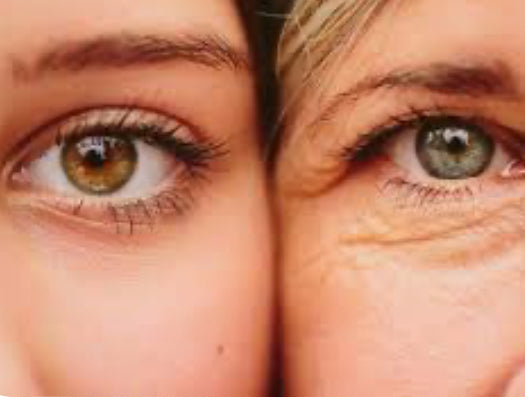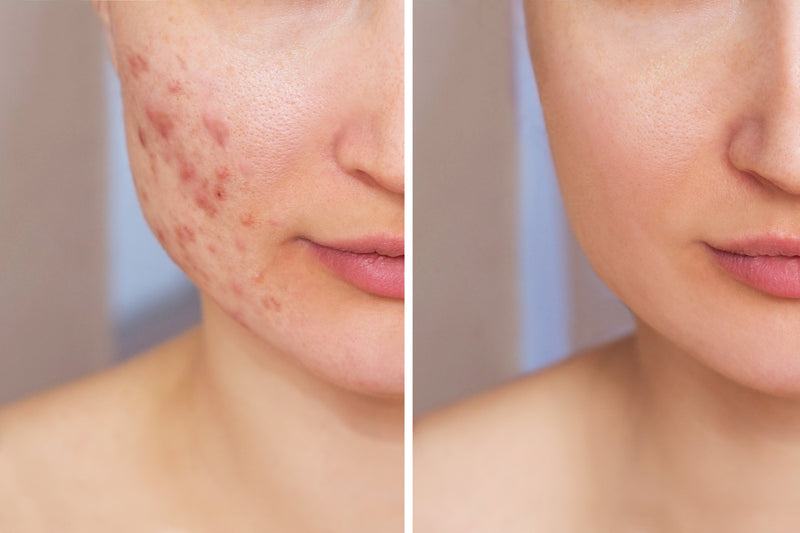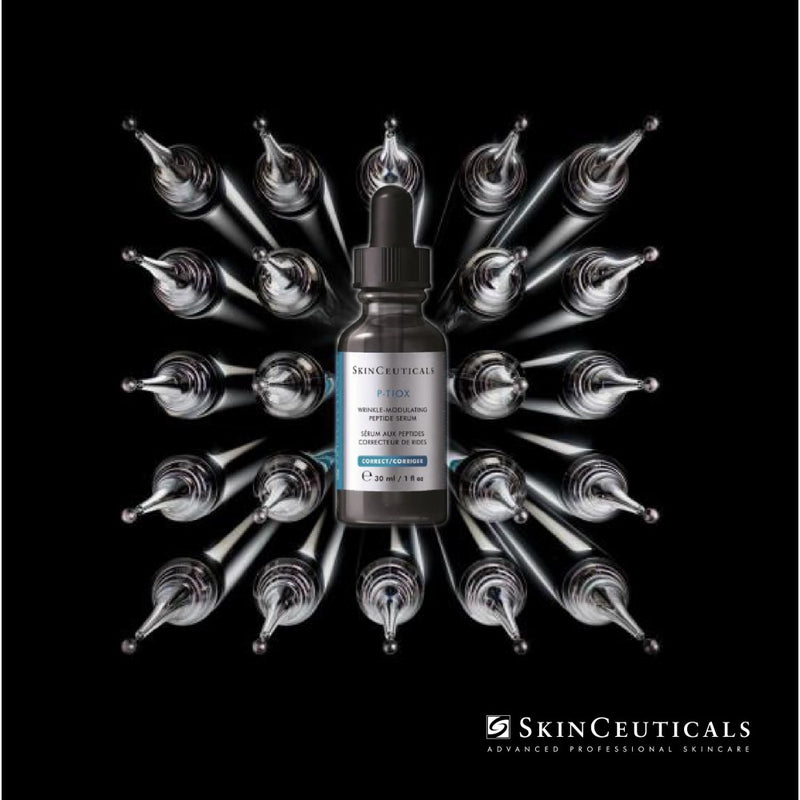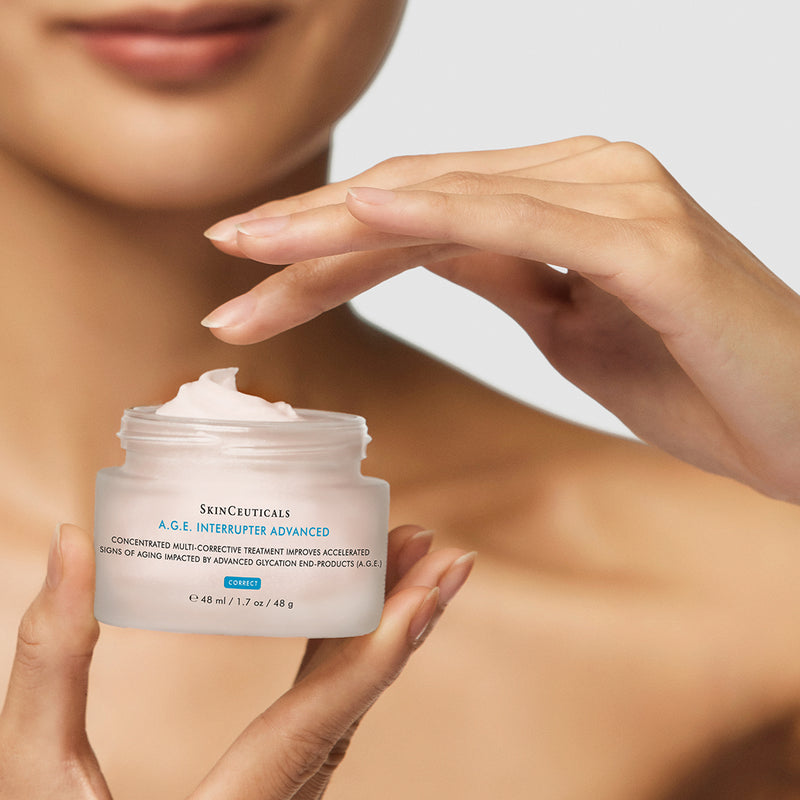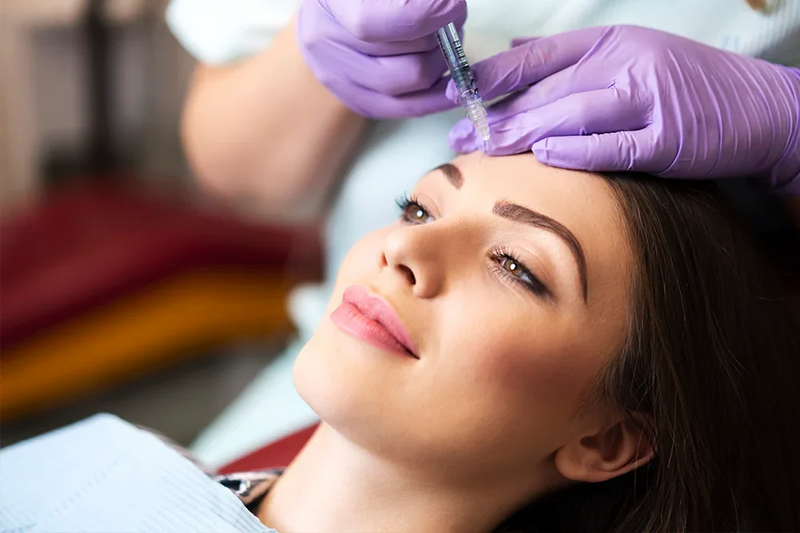Vitamin D is important for our health. Exposing our skin to the sun is one way to obtain it, as the sun’s UVB rays stimulate skin to produce vitamin D. But here’s the catch: unprotected exposure to the sun causes long-term damage to your skin. For many people, sun exposure is simply not an effective way to get vitamin D.
How do you ensure you get sufficient vitamin D?
Exposing your skin to the sun without using a sunscreen can cause various problems, such as sunburn in the short term and skin ageing in the long term. In addition, the intensity of UVB rays changes depending on the season, the time of day and the geographical location, so recommended exposure times aren’t always accurate. In some parts of the northern hemisphere, for example, UVB radiation is not powerful enough for most of the year to stimulate vitamin D production at all. It is also unknown how much skin needs to be exposed to the sun in order for the body to produce enough vitamin D.
If you are concerned about your vitamin D levels, you can always book a blood test to find out if you have a vitamin D deficiency. If necessary, your GP will advise you which vitamin D supplements to take and explain which foods are rich in vitamin D. It is very important that you discuss taking vitamin D supplements with your doctor, because an overdose of vitamin D can cause other health problems.
What is vitamin D?
Vitamin D is a fat-soluble vitamin, which means that your body stores any excess vitamin not used. By contrast, water-soluble vitamins are excreted by your body. Vitamin D is important to ensure that calcium is absorbed into your body and it also plays a role in your overall health. K2 is advised as a cofactor to vitamin D3.
There are two primary forms of vitamin D: D2 (ergocalciferol) and D3 (cholecalciferol). Vitamin D3 is considered to be superior to vitamin D2 by many nutrition experts, as it is similar to the form that your body produces when exposed to sunlight.
In addition to supplements, you can also consume food fortified with vitamin D such as milk, orange juice and cereal. You can also eat food that is naturally rich in vitamin D, including beef, shiitake mushrooms, egg yolks and fish such as salmon, tuna, sardines and mackerel.
What causes a vitamin D deficiency?
Vitamin D deficiency can be caused by too little exposure to the sun, or exposure to sunlight that is not intense enough. Some researchers blame sun creams. Although the use of a sunscreen does prevent your skin from producing vitamin D when exposed to sunlight, this does not explain why so many people have a vitamin D deficiency.
Most people do not apply enough sunscreen, and many don’t apply it all or only when they go to the beach. You will still find people with a vitamin D deficiency in countries where SPF products are rarely used and where the sun shines all year round, so the use of a sunscreen plays only a small role in the vitamin D conundrum.
Age can also affect vitamin D levels. As your skin matures, it has more difficulty producing vitamin D. Another cause is insufficient intake of vitamin D-rich food. This can be caused by consuming high quantities of processed food or following a dairy-free or vegan diet without taking vitamin D supplements.
In short, you don’t need to expose your skin to the sun - and the risks associated with it - to get enough vitamin D, because there are a lot of alternatives to boost your vitamin D levels.
(Sources for the information above: Journal of the American Geriatrics Society, January 2016, pages 65–72; Advances in Experimental Medicine and Biology, volume 810, 2014, pages 1–16 and 464–484; Annals of Dermatology and Venereology, March 2013, pages 176–182; Dermatologic Therapy, January-February 2010, pages 48–60; Journal of the American Academy of Dermatology, January 2010, pages E1–E9; British Journal of Dermatology, October 2009, pages 732–736; The American Journal of Clinical Nutrition, April 2008, pages 1080S–1086S)
